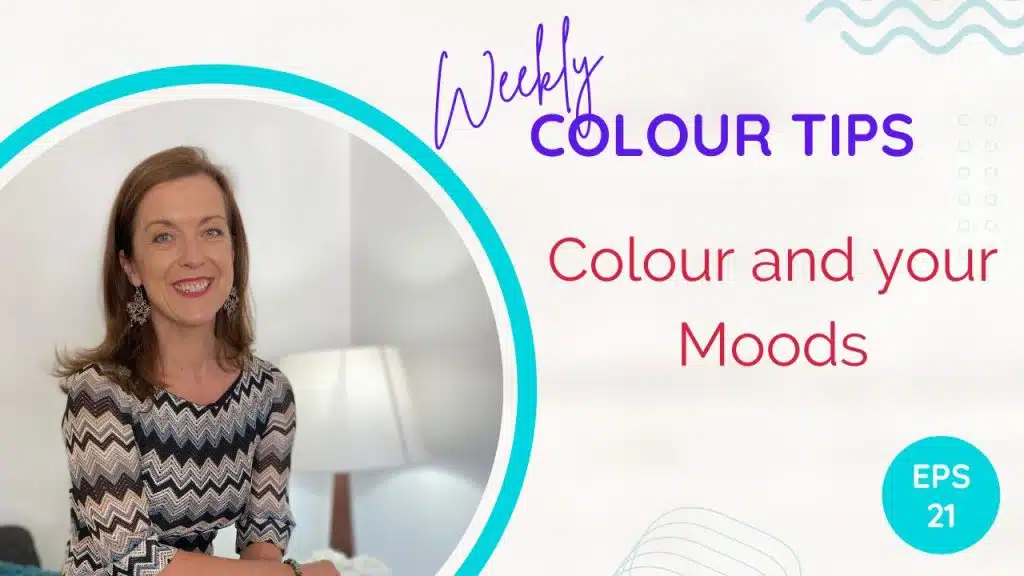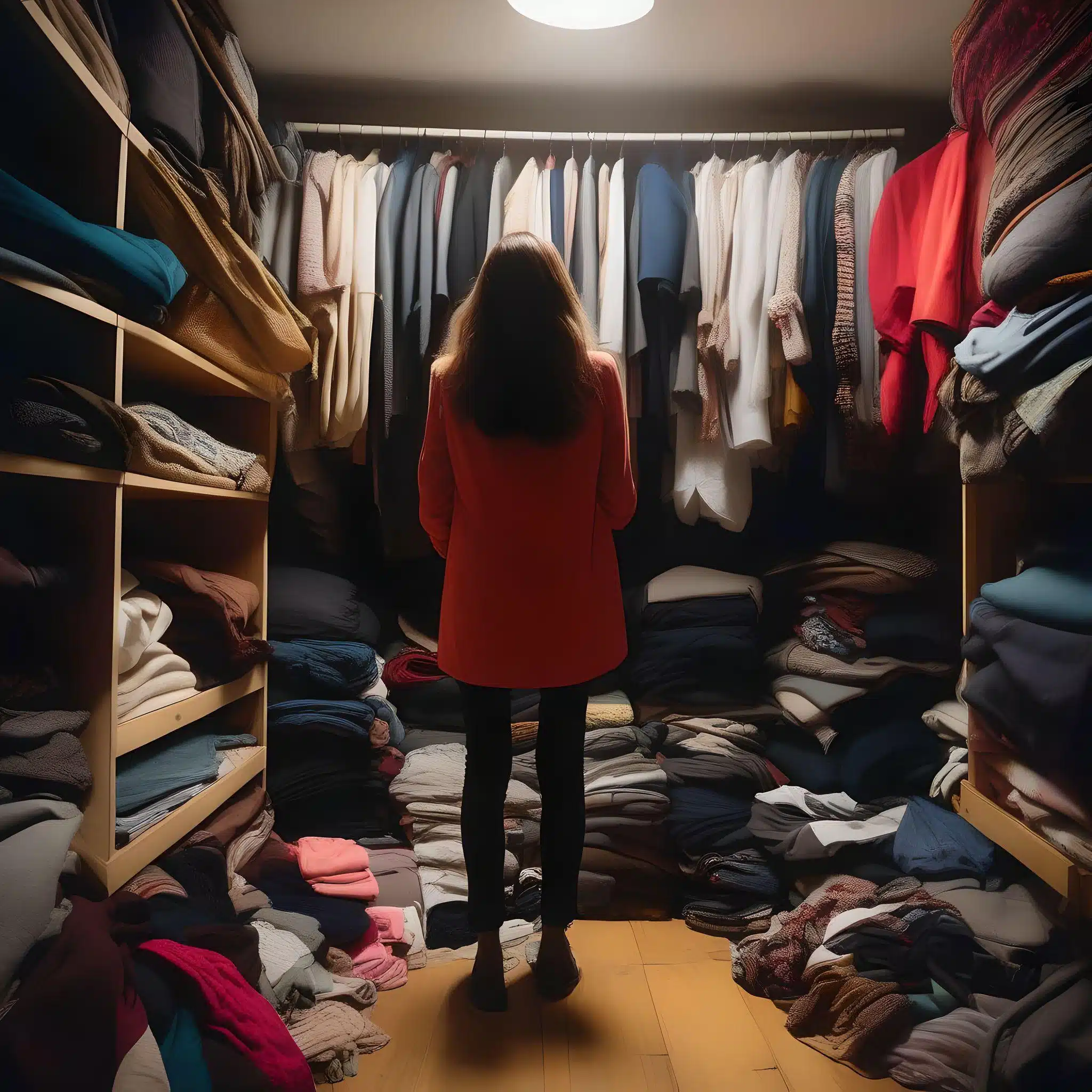Have you ever stopped to consider how colors impact your emotions and the way you navigate through life’s various situations? Colors have a profound effect on our mood, and understanding this influence can significantly enhance your personal and professional life. In this exploration, we will delve into the world of colors, focusing on warm and cool shades, and uncover how they can affect your feelings and interactions.
The Warm Color Palette: Passion, Energy, and Vibrancy
Warm colors, such as red, orange, and yellow, are known for their ability to evoke powerful emotions. When you think of warm colors, envision passion, energy, and a sense of vitality. These hues have a way of heating up your emotional responses, making them ideal for situations where you want to elicit a strong reaction or create a sense of urgency.
Red: The color of love and desire, red can also symbolize anger or intensity. It’s a double-edged sword, so be mindful of when and how you use it.
Orange: Often a divisive color, orange exudes warmth and joy. It’s like a burst of sunshine, but it can also be overwhelming for some.
Yellow: This sunny hue radiates optimism and brightness. However, yellow can also be associated with illness, so it’s important to use it thoughtfully.
While warm colors are fantastic for adding excitement to your life, it’s advisable not to overdo it, especially in high-energy work environments. Excessive warm colors can be draining and lead to restlessness.
The Cool Color Spectrum: Calm, Tranquility, and Decompression
Cool colors, such as blues, greens, and purples, offer a contrasting effect by creating a sense of calm and tranquility. These hues are ideal for situations where you need to decompress, reduce anxiety, or instill a feeling of serenity.
Blue: From light, soft blues reminiscent of a calm afternoon to deep, intense blues, this color can have various effects. Light blue invokes a sense of peace and serenity, while darker blues can be quite intense, symbolizing protection.
Green: Like the soothing presence of nature, green brings about a sense of relaxation and renewal. It’s an excellent choice for environments where you seek balance and stability.
Purple: Often associated with creativity and spirituality, purple fosters a feeling of introspection and depth. It’s a color of meditation and transformation.
Consider the atmosphere you want to create or the emotions you want to evoke when deciding between warm and cool colors. Balancing warm and cool tones can help you strike the perfect emotional chord.
The Personal and Professional Impact of Color
Understanding the emotional effects of color can be a valuable tool in various aspects of life. In the business world, for instance, the strategic use of color can aid in sales, negotiations, and making a lasting impression. When you’re aware of the emotional responses different colors elicit, you can tailor your approach for maximum impact.
Colors also play a crucial role in your personal life. Whether it’s choosing your outfit, decorating your home, or preparing for a special occasion, the colors you surround yourself with can significantly influence your mood and those around you.
In conclusion, colors are not mere visual stimuli; they are powerful mood-altering tools. By harnessing the emotional impact of warm and cool colors, you can make intentional choices that enhance your personal and professional life. Whether you seek vibrancy and energy or calm and tranquility, the world of colors offers a palette of emotions waiting to be explored.




